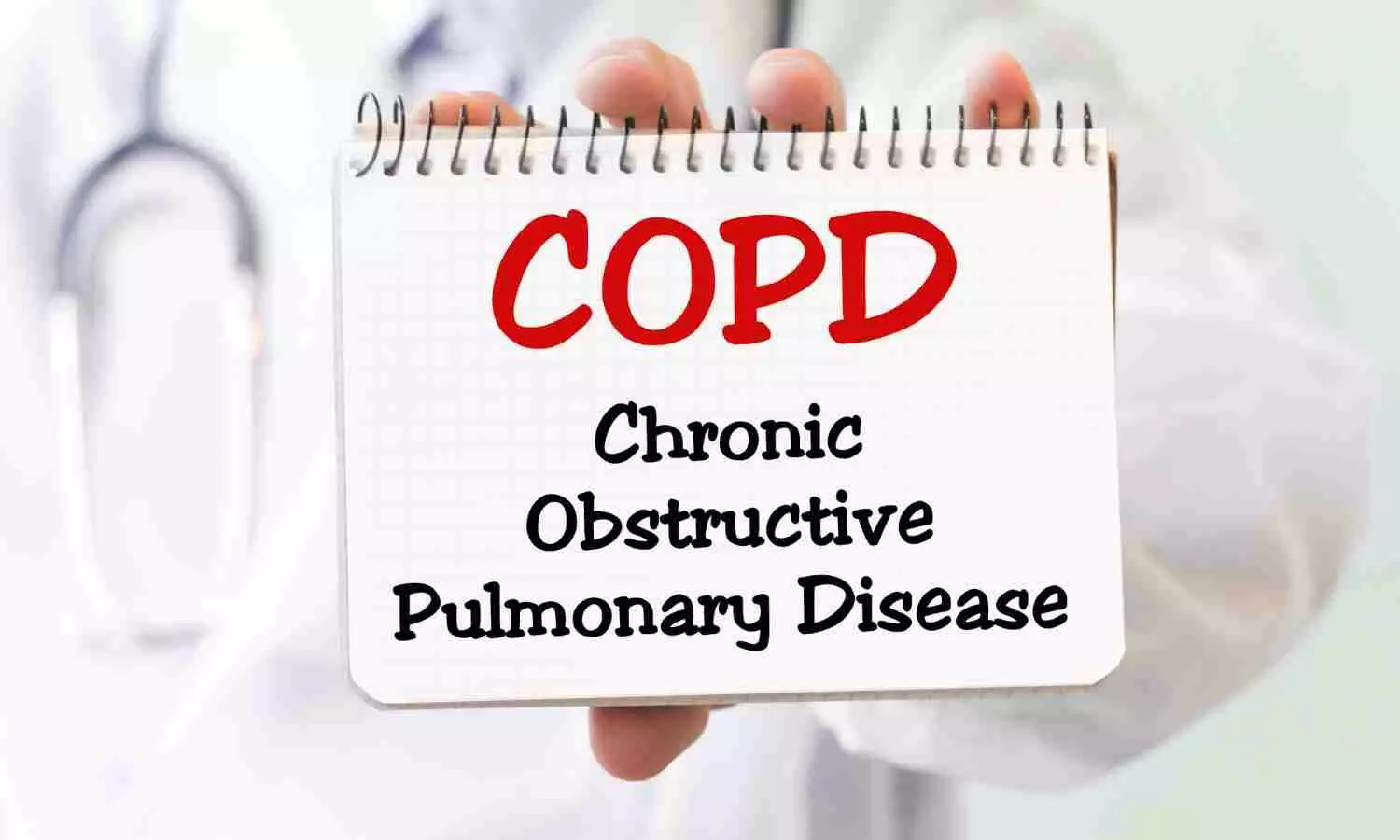Doctors working in Delhi have to mandatorily register with Delhi Medical Council: High Court Order

New Delhi: The Delhi High Court recently upheld the Delhi Medical Council (DMC) notice making it mandatory for the allopathy doctors practicing in Delhi to register with the Council.
Dismissing a plea that challenged the concerned notification, the HC bench comprising Acting Chief Justice Manmohan and Justice Manmeet PS Arora opined that the consequence of registration by medical practitioners under the Delhi Medical Council Act is that the council will have jurisdiction to take disciplinary actions in case of any professional or ethical misconduct done by a medical practitioner practising in Delhi.
In order to highlight the mischief caused by a medical practitioner not registered with the DMC, the court referred to an earlier judgment, where the erring doctor objected to the jurisdiction of DMC on the ground of non-registration with DMC, though the medical treatment had been administered in Delhi.
Therefore, the bench opined, “The intent of making the medical practitioner amenable to the regulatory jurisdiction of the State Medical Council of State in which he/she practices is in public interest as it enables the concerned State Medical Council to hold accountable, the erring medical practitioners for their wrongful conduct and take disciplinary against them, in accordance with law.”
These observations were made by the HC bench while considering a Public Interest Litigation (PIL) seeking quashing of the Public Notice dated 24th December 2023 issued by DMC directing any person practicing modern scientific system of medicine (Allopathy) in Delhi to be mandatorily registered with the DMC in terms of provisions of Delhi Medical Council Act, 1997.
The Notice further directs that all the Medical Establishments i.e., Hospitals, Nursing Home, Polyclinics, Charitable Dispensaries, Diagnostic Centers etc., to ensure the validity of DMC registration of the doctors before utilizing their services and to ensure that the DMC registration of the doctors working there is renewed every five (5) years as per the DMC Act.
It was argued by the petitioner’s counsel that as a result of the DMC notice the individuals who are already registered with some other State’s Medical Council will have to either surrender the other State’s registration and get themselves registered with DMC or they will have to get themselves registered with both State’s Medical Council, leading to multiple State registrations.
To argue that a medical practitioner registered with his/her respective State’s Medical Council is not necessarily required to be registered with another State’s Medical Council, the petitioner’s counsel relied on the erstwhile Medical Council of India’s (now National Medical Commission) minutes of Ethics Committee meeting dated 2nd September 2004, where it was stated that there is ‘no necessity’ of registration in more than one State Medical Council because a doctor, who has registered with any State Medical Council is automatically registered in the Indian Medical Register (IMR) and also by virtue of Section 27 of the Indian Medical Council Act, 1956, a person whose name is included in the IMR, can practice anywhere in India.
On the other hand, the counsel for DMC argued that the notice has been issued to curb the menace of professional misconduct by medical practitioners practicing in Delhi.
Meanwhile, the counsel for NMC stated that the petitioner’s contentions are misconceived as the requirement of registration with the respective State Medical Council continues to remain the norm even under the NMC Act.
Taking note of these submissions, the HC bench opined that the petitioner’s contention that it would be inconvenient for the medical practitioner to seek transfer to a new State Medical Council in case of a transfer of job, is without any basis.
“Regulation 9 of the Regulations of 2023, provides for a convenient web portal-based procedure for seeking transfer of registration to another State Medical Council and also provides for mechanism of deemed approval. There is no basis for alleging that process of transfer and registration is inconvenient,” opined the bench.
Dismissing the PIL, the bench observed, “Therefore, in view of the aforesaid provisions and Regulations, the Notice issued by Respondent No.1-DMC under Section 15 of the DMC Act is intra vires and there is no conflict with the provisions of NMC Act. The consequence of registration by medical practitioners under Section 15 (1) of the DMC Act is that the DMC will have jurisdiction to take disciplinary actions in case of any professional or ethical misconduct by a medical practitioner practicing in Delhi.”
To view the order, click on the link below:
https://medicaldialogues.in/pdf_upload/delhi-hc-dmc-233210.pdf
Powered by WPeMatico









